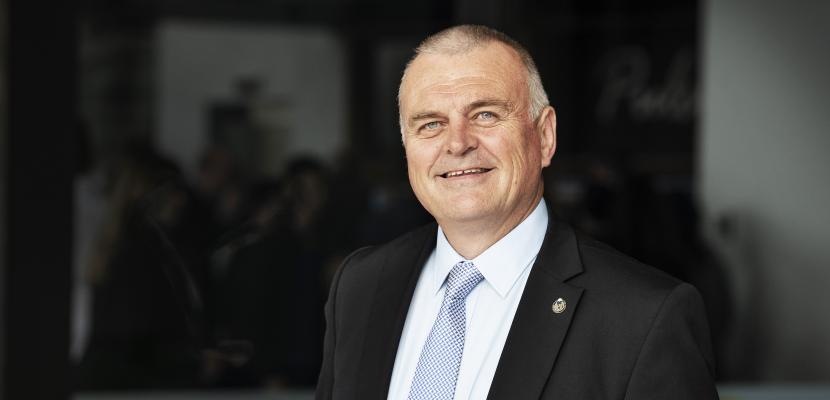
Written by Bond University's Vice Chancellor and President, Professor Tim Brailsford.
This article originally appeared in the Gold Coast Bulletin.
All around Australia at dinner tables and over the nightly news, everyone is talking about flattening the ‘COVID curve’. But there is another curve entering our lexicon – the curve of economists.
Australia has not had much recent experience of a major economic crisis but we are well and truly staring into a deep hole. The Government has launched the biggest economic support package in history, and hence you know something is afoot.
A typical recession has a U-shape where factors leading into the downturn such as unemployment, reduced terms of trade, inflation, low wages growth and asset price bubbles (like real estate) all contribute to a declining economy. Then we bottom out and recover as business conditions return to ‘normal’.
Mild recessions tend to be saucer shaped, while other recessions might have a J-shaped curve with a sharper rebound and prosperity returns quickly.
However, what confronts us now is a sudden, dramatic and steep dive; and we are nowhere near the bottom. Commentators say we may be facing a V-shaped curve – a very sharp decline followed by a similarly sharp rebound. The big question is whether the recovery will be as speedy as the lead-up.
Other commentators refer to a W-shape, where we initially recover but a second wave creates another crisis. The Government is desperate to avoid a second lockdown which many businesses, currently hanging on by their financial fingernails, would not survive.
A worst-case scenario is a sharp rebound in economic activity followed by another decline, like an ‘upside down N-shape’, which explains the cautiousness about removing restrictions too quickly.
The economic strategy playbook involves well-trodden steps to respond: expand social services, work with banks to minimise loan defaults, a stimulus package, an infrastructure program to create jobs and business investment, complemented by a targeted set of industry support packages. Sound familiar?
So what does this all mean for the Gold Coast?
First, considerable credit is due to successive city councils that have pushed hard to diversify our industry base. Notwithstanding, the Gold Coast retains a high concentration of small businesses geared towards tourism and hospitality and they are at the immediate forefront of the COVID-19 storm.
However, do not discount longer-term impacts on other industries such as education where the downturn in international students will have pipeline effects into next year and beyond. This is an economic crisis uneven in its impact and recovery.
The return of international tourism, at least in large numbers, is not on the agenda for some time and may never be the same again. In the short term there is a strong domestic tourism market, perhaps supplemented by our New Zealand friends, that will look to the Gold Coast as a destination.
The battle lines for the domestic tourism dollar are being drawn with some states seeking to gain a head start. Queensland is retaining a conservative position but will need a strong marketing push into southern states when border restrictions are relaxed.
Competition in the domestic tourism market will become intense, and we must present the Gold Coast as a unique experience that blends old and new worlds.
But the Gold Coast is good at innovation. Tough times can be the catalyst for new initiatives. Maybe this is the time where we trial commercial services on selected beaches. Such a trial would need to be managed carefully and not turn us into a USA Miami clone, but we must collaborate and innovate.
Our industries will need to change. We may see the tourism sector co-ordinating to offer an integrated package to provide assurances to families, rather than large tour groups. Packaged experiences may involve a personal pick-up from the airport, prearranged check-in at hotels, guaranteed tables at restaurants, supplemented by small charter trips. We are seeing businesses pivot, and perhaps this is a once-in-a-generation opportunity to establish the Gold Coast as the most innovative place in Australia. Remote working from home is now accepted, and balancing a zoom meeting, coffee with colleagues at one of our excellent barista outlets, while catching a wave in between picking up the kids from one of our many great schools, is the future.
Perhaps COVID-19 has taught us that lifestyle really does matter, and is there anywhere better for that than the Gold Coast? Let’s view the glass as half-full, carve opportunity out of crisis and show the world the sun shines on us in so many ways.
We will continue to hear more stories of the heartbreak and devastation of business closures, despite the valiant JobKeeper. Those businesses that have managed to continue their operations in a modified form will be best placed to run up the curve, and they will need our support. But we are resilient. This is our opportunity to walk the talk about being an innovative, modern, lifestyle city.